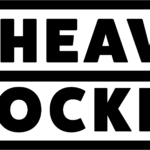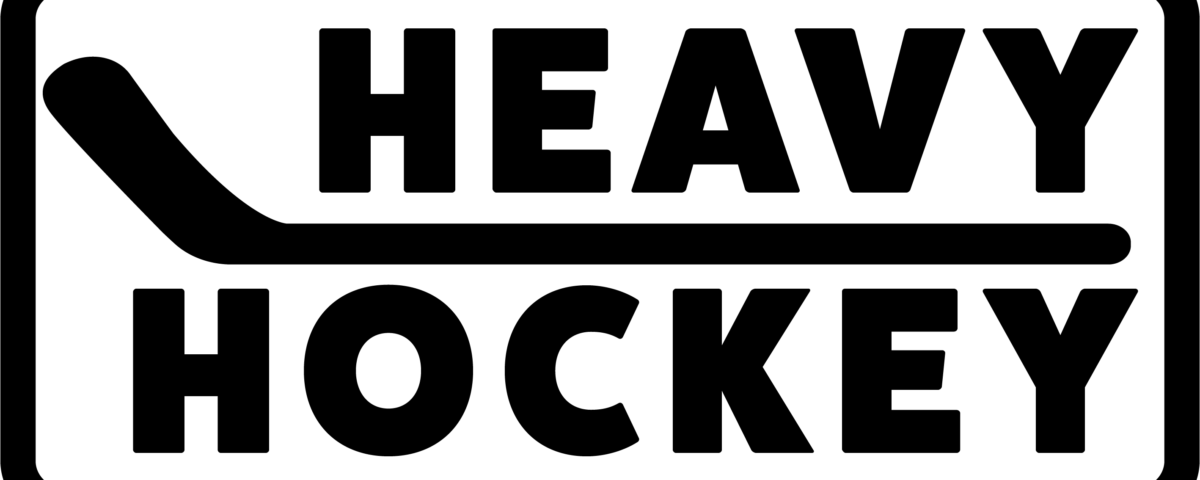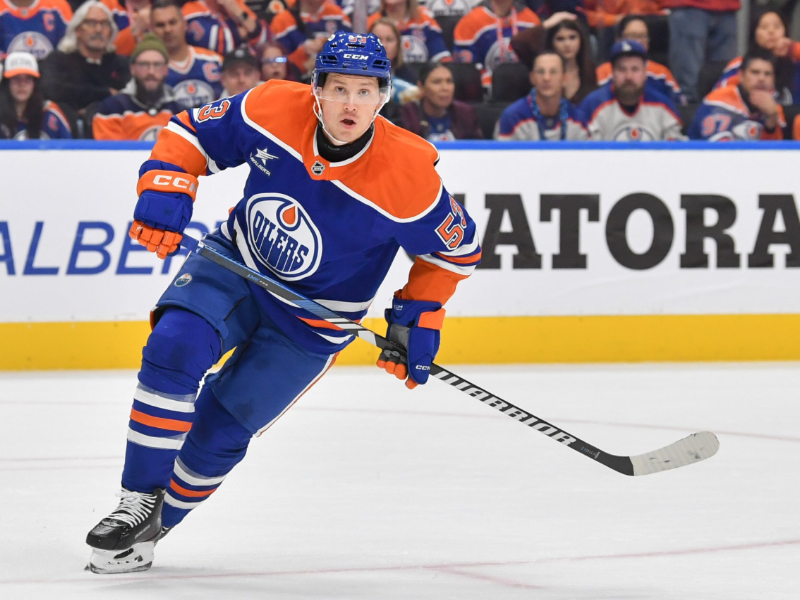
Chris Simon, Fighting, Concussions, and CTE in Hockey: Part One
April 2, 2024
NHL Power Rankings – 70-Game Mark
April 3, 2024April 2, 2024 by Ryan Lotsberg
In case you missed part one of this piece, I wrote about how Chris Simon’s death has brought up thoughts about the impact of fighting, long-term health, and CTE. In part two of this piece, I will focus on fighting in hockey today and in the future as well as how the league handles head shots and concussions.
Related: Chris Simon, Fighting, Concussions, and CTE in Hockey: Part One
Fights largely happen after hits these days, whether they be clean or not. We see it more after clean hits now than we ever have before. If a teammate falls down after a big hit, it seems like a player comes to his defence. That represents a shift in thinking among players in my opinion. Players used to fight after dirty hits that caused injuries. Now, they fight after clean hits too. That makes it sound like there’s more fighting now, but the league has also introduced rules to remove head shots from the game, so we see fewer dirty hits now than we did ten to twenty years ago.
Hitting is and should be legal, but there is a level of respect between players that needs to exist to prevent players from making deliberate injury inducing hits. If players feel that someone failed to show that respect by making a questionable hit, the gloves come off. It personally drives me nuts when I see a fight after a clean hit, but I digress.
We’ve seen far fewer staged fights in recent years though. Situations where the two tough guys on either team line up beside each other for the faceoff, give each other the nod, and drop the gloves right after the puck is dropped. It still happens from time to time, but the instances are fewer and further between.
Given what we’ve seen play out with multiple former players dying early after suffering multiple head injuries due to fights during their careers, it’s great that these types of fights and these types of players are more rare in today’s game. I like watching fights as much as the next person, but I don’t want players needlessly risking injury and putting their long-term health at risk in staged fights like that.
The other situation where fighting happens somewhat needlessly in my opinion is when a team is playing poorly and someone decides to fight to wake up the team. There certainly can be an emotional lift from watching a teammate fight, but it shouldn’t take a fight to get the team to play better. If they can’t figure it out using tactics or they can’t find a reason to skate faster and play harder, then they don’t deserve to win the game.
Fights with anger are more fun to watch. Those are the ones we see when someone defends a teammate after a hit or when two players engage in an extended physical battle that leads to a fight. Scrums after the whistle that lead to multiple fights happening all over the ice are definitely exciting.
Having said that, I don’t watch hockey for the fights. I watch it for the goals. Hockey is the only professional team sport that allows fighting without an automatic ejection. That makes hockey unique, but I don’t think it’s a vital part of the game.
It does serve a purpose though. There is an element of the players using fighting to police themselves. The response to a questionable hit is a fight, whether it comes in the same shift, the same game, or a future game. If fighting were to be removed, then the recourse would become either to beat them on the scoreboard, or to take a number and exact revenge later. That revenge could be another questionable hit, but one fuelled by anger and a motive. An eye for an eye makes the world blind, but players often seek revenge anyway.
That policing is encouraged by the media. Think back to the incident with Matthew Tkachuk and Zack Kassian in January 2020. The Oilers played the Calgary Flames on January 11, 2020. Tkachuk made two hits on Kassian. Both of them were hits where Tkachuk left his position to hit Kassian, and he approached from blind spots for Kassian on both hits. They were legal hits, but they were dirty because Tkachuk approached from Kassian’s blindside both times. The second hit knocked Kassian over and popped his helmet off. Kassian grabbed Tkachuk and started whaling on him, and Tkachuk turned away from Kassian. He didn’t face the fight.
The teams faced each other again on January 29, 2020. Excitement for that game was elevated because of the potential for revenge. The big story in the lead up to the game was whether or not Kassian and Tkachuk would fight. They did fight. Everybody knew it was going to happen. It was a short fight where neither combatant even got any good punches in. Tkachuk didn’t suffer any real pain as a result of his actions, but he repaid his debt by accepting the fight. Once the fight was done, everyone moved on and played hockey.
There’s something beautifully simple about the “take the fight and we’ll move on” ritual, but those fights usually just end up being pointless staged fights in my opinion.
My thought is if players simply treated each other with respect, then they wouldn’t do stupid things that warrant the need for the other team to defend themselves by fighting. I realize that’s a big “if” for professional athletes, some of the most competitive people on the planet, playing an incredibly fast game where body contact is allowed and encouraged. Things are going to happen during the course of a game, and players are going to get angry because they want to win and they’re emotionally invested in the outcome.
I also understand that hockey would lose fans if fighting was to be removed. There’s a sub culture in hockey that absolutely loves fighting. Think about American fans that might be new to the game. The die hard football or boxing or MMA fan would be more likely to be drawn to hockey after watching a fight than after watching a bunch of goals.
Fighting isn’t going anywhere, but the early deaths of players like Simon and the others I mentioned in part one should be enough for players to think about how they act on the ice. It should be enough for the media to stop encouraging and enabling the behaviour of fighting. It should also be enough for the league to address the issue.
It’s possible that the strategy of systematically removing fighting by changing the rules to flush enforcers out of the game is a long-term strategy being executed by the NHL to remove fighting without actually removing fighting. They know the impact that grandfathering the removal of fighting from the game could have in terms of outcry from players and the potential loss of fans, so the long-term strategy could be intentional.
That would be an optimistic viewpoint though. We know the league is more concerned about the almighty dollar than they are about protecting current players and supporting former players suffering from long-term health issues as a result of playing the game. Bill Daly certainly isn’t going to come out and say that the scientific data available is enough to connect concussions to CTE because that could cost the league millions of dollars due to legal proceedings past, present, and future.
The QMJHL banned fighting at the start of the 2023-24 season, and my guess is that other junior leagues will eventually follow suit. That will serve to further reduce the amount of fighters that come out of the junior ranks, which will obviously serve to reduce the amount of fights that happen in the NHL in the future. That’s a positive step in what will be a generation long process.
Fighting is the most unnecessary cause of concussions in hockey, but it certainly isn’t the only one. A lot of concussions are the result of hits to the head, or the head hitting the ice. The NHL has made rules to reduce head shots, but my opinion is that the punishments for said hits aren’t severe enough. If you want to stop a behavior, then you need to punish it. A five minute major and a game misconduct, a small fine, or a two-game suspension are not punishments that are fitting for actions that cause serious head injuries and potential life-long effects. These hits need to be punished more severely in my opinion.
Of course, there are legal hits that result in head injuries. Ultimately, having respect for fellow players and avoiding head contact is the surest way to reduce the number of concussions that arise from hits. Follow our very own Josh Boulton of the Tough Call Podcast (@ToughCallPod) on X. He does excellent work breaking down hits and potentially suspendable incidents. He is also incredibly knowledgeable about proper hitting technique.
I can’t remember the last time I heard somebody use the phrase “he got his bell rung” during a hockey game. That alone is a clear sign that the league is taking concussions more seriously. There are spotters in every arena that watch for players that show signs that they might have a concussion. Players get pulled from games for medical testing if a spotter deems it necessary to do so. Teams hold players with concussions out of the lineup for longer periods of time now.
To be honest, I don’t know what more can be done at this point. The most immediate thing that could happen is the league becoming more strict on punishing head shots, but I don’t see an immediate solution to removing fighting from the game and for preventing concussions.
My hope is that even more care is taken for players having sustained multiple concussions as scientific data emerges about the impact of multiple head traumas on long-term health. I don’t want players to have to deal with the long-term effects of head injuries at all, but I certainly don’t want that to keep happening as a result of a desire to rush players back into the lineup or due to a lack of care.



1 Comment
[…] have died far too soon as a result of multiple head traumas? My thoughts on those questions are in part two of this […]